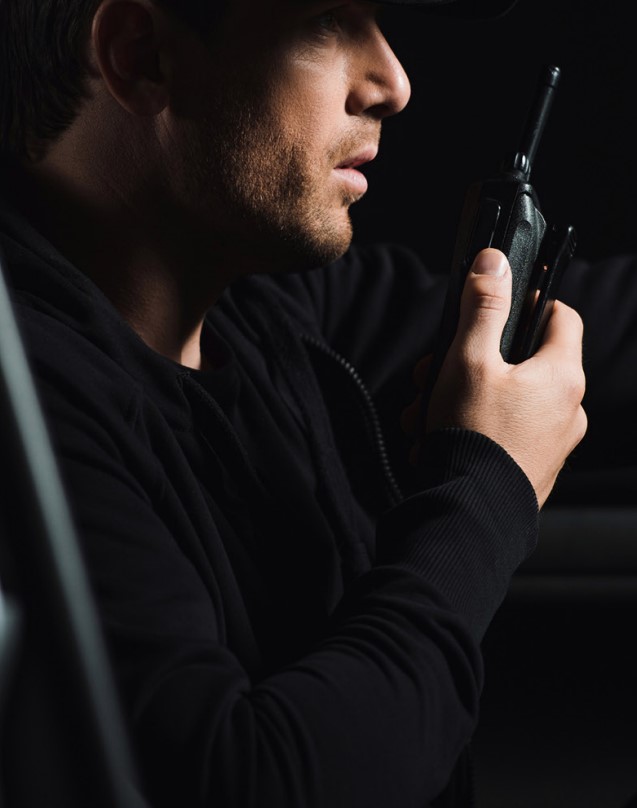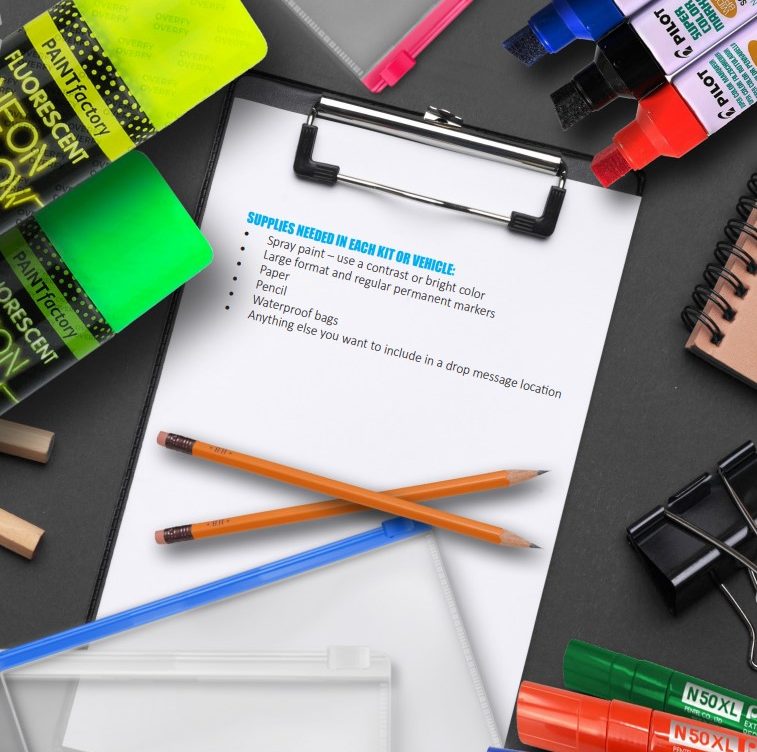Most of us know the chaos of moving a group of people. It happens all the time in a busy family life. But what would it be like if an entire population hit the roads at the same time in a half-baked panic? It could make Atlanta rush hour traffic look like the Daytona 500. Due to the complexity of multi-vehicle travel, we could quickly become unexpectedly separated from each other while in transit to another location.
The best way to get everyone back together is to plan ahead accordingly. Communication with each person or vehicle may not be practical, depending on changing conditions and limitations of radio equipment. To allow for that, redundancy should be built in.

Redundant Planning
For any redundant planning to be effective, the plans must be shared with everyone who needs to know. The best-laid plans often fail for a host of reasons, and you must attempt to anticipate these conditions, then adjust your plans accordingly. You must try to identify as many possible breakdowns in your communications as you can, prioritize them by likelihood, and work to mitigate them as much as is practical.
For example, we know that radios have limits to distance. We also know that radios depend on batteries, and not every radio is easy to use.
These are three limitations we can easily overcome by training. Everyone in the group should be given the appropriate training on whatever system the group is using as well as basic troubleshooting. Additionally, it would be best if you had a plan B in place when radio communications fail altogether, or they become unsecure.
Contingency Plan
At some point, you will undoubtedly become unintentionally separated from others in the group and without reliable communications. You will need to use your contingency plan to regroup.
The contingency needs for regrouping are twofold: you must have a process to reestablish the sharing of information, so those who have become separated know what to do, and secondly, they should know in advance what to do in the absence of any information. Let’s say you are moving a group by vehicle to a distant location, and one or more of these vehicles become separated unexpectedly. The lead vehicle belatedly realizes the separation and attempts to contact by radio. There is no answer.
You now have three immediate options available, continue on and hope they catch up, stop and wait, or turn around and search. There is no guarantee that any of these options will end with the group getting back together, and each option has the potential to make things worse.
To plan for this scenario, it would be wise to establish an agreed-upon plan before you begin the journey, communicate the plan effectively to everyone involved, and practice the plan to identify any blind spots or confusion. Let’s look at options for remote messaging as a backup plan.
REMOTE MESSAGE PLANNING

The Relay Contact
Your communications plan should have a relay contact person stationed at a distant location. For example, a responsible family member in another state who will be readily accessible in case you need to leave a message for anyone as to where you are, what your situation is, and what they should do in case you are not in contact.
This person should be on the lookout for phone calls from unknown numbers, emails, texts, or radio traffic and always have their phone close by with a note pad and pencil to keep accurate information. This is a very important duty, and survival may depend on this person getting it right.
This is how it works. You send a message or call the distant relay person. (Long distance phone lines often work even when local lines are down). You leave a detailed message with the following information:
- Where you are
- Who is with you
- Your current situation (Health, supplies, safety situation, etc.)
- Where you are going (to include specific or planned stopping points along the way)
- When you expect to arrive
- The route you expect to take and any alternate routes if you know them
- The next time you expect to check-in
- What to do if you do not check-in when expected
Now that your relay has this information, others in your group can contact the relay and get an update with fresh information so they can make appropriate decisions.

The Dead Drop Message
Before departing on a distant movement, it would be wise to make sure everyone has a map of the intended route as well as the agreed alternate routes. These routes will ideally be practiced ahead of time and analyzed for potential hazards or restrictions.
All routes should have pre-planned stopping points for refueling, rest, and resupply. Since it may not be practical to carry everything you will need, identify possible resupply points such as water sources, fuel stations, and food stops.
In severe conditions, your security posture must be elevated accordingly to surroundings and routes. You may wish to identify possible lay-up points along the way in case you must ditch the vehicles and proceed on foot. The reason for this pre-planning is that, in case you become separated, everyone will know where to go for further information.
Part of your planning should include creating a totem or logo that can be displayed by marker or spray paint at a planned stopping location or along the route. This logo will be prominently displayed where everyone can see it from the route. While the logo should be visibly noticeable, its meaning will not be evident to the uninformed. Everyone in your group should know what it looks like and what it means.
Members should also know when they see it where to look from there to find a hidden drop message with information. The message that accompanies this logo can be placed or buried at its base or somewhere easily located by informed group members.
Make sure you advise your people to look for these logos on their travels. If you are reaching out to people outside of your immediate group, such as a network, there is still a way to do this safely and securely by directing them to a safe location where you can observe them without being seen until you determine they are safe to approach.
Drop Message Information Options
- Directions on where to go or what to do next
- Information on the current situation with date/time
- Radio channels, frequencies or phone numbers to reach you or the relay contact
- Times of day you plan to monitor those frequencies and for how long each time. (for example: you plan to switch on to CB channel 3 at 3pm, and 3am every day for 3 minutes) Be sure a CB can reach you from that spot or nearby hilltop if that is your radio method.
- Directions to a waiting area where they will be met and escorted from there
- Directions to a loyal contact person/safe house nearby
- Directions to a supply cache or radio placed nearby
- Any other important information you feel they should know
Drop Message Locations
- Pre-planned locations on the route
- Street sign bases
- Buildings/gas stations/resupply points
- Prominent landmarks
- Highway overpasses
- Billboards
- In view of road intersections
- Rally points on a trail
- Anywhere that it is obvious to your people as they pass by

This article was originally published in Survival Dispatch Insider Volume 4 Issue 3
